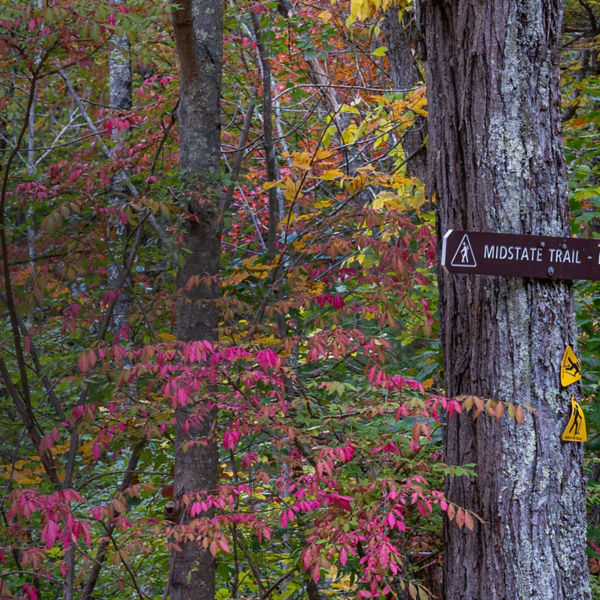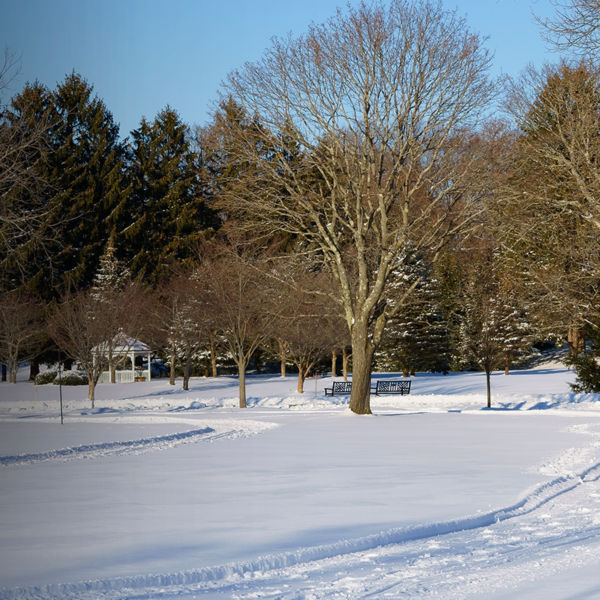
Plymouth is known, obviously, for its rock—the first storied landmass that the disembarked Mayflower Pilgrims stood upon in 1620. But beyond the boulder itself, the town (40 miles south of Boston on the northeastern shore of Cape Cod Bay) proudly shows off the rich folklore of its past as the first English colonial settlement in New England. From meeting houses and estates to the Plimoth Patuxet Museum, featuring a replica Mayflower II and a 17th-century village, visitors can find numerous places throughout Plymouth to step back in time.
And to enhance a day spent exploring history, runners can step forward, too, on what’s touted as the oldest public road in America: Old Sandwich Road. Though some historians make cases for other avenues to take that title (like the 1,300-mile King’s Highway, which connects Boston to Charleston, S.C., or Aviles Street in St. Augustine, Fla.), others point to the centuries of the Wampanoag people’s pathway usage of Old Sandwich Road prior to the settlers’ arrival.
What’s not debated is how ideal of a surface that Old Sandwich Road makes for a pleasant run. Tree-lined and completely dirt, the road is narrow and flat, running north to south. Just as the road shared usage from its Native American originators to the Pilgrim settlers, today it’s utilized by runners, walkers and cyclists (cars, too, so be aware of your surroundings). Enjoy the long view to the area’s past as you go: Six historical sites line Old Sandwich Road and Sandwich Road, plus a working tavern (see below), as well as Plymouth’s other rock: Sacrifice Rock, an ancient landmark where generations of Wampanoag and other Indigenous explorers left small offerings of branches and stones while heading south from the coast. Sacrifice Rock is just south of Sacrifice Rock Road on the east side of the road; Plymouth Rock is about six miles north.




































